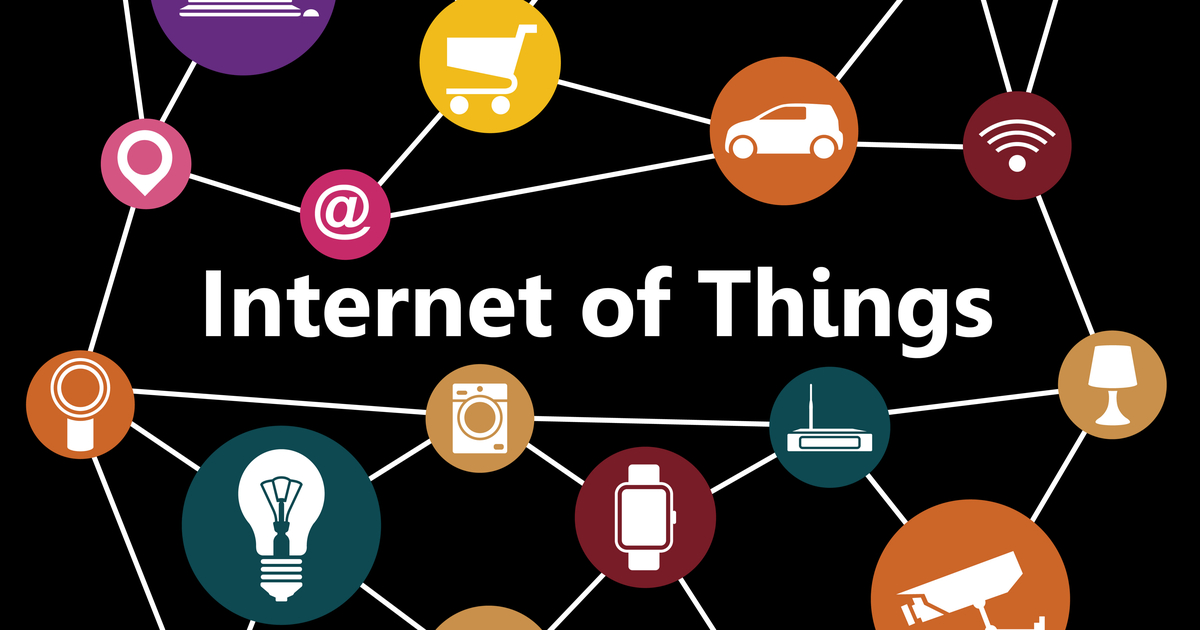The increasingly wireless world spells increasingly difficult challenges for lawyers in law firms and organizations of all sizes.
Automation and mobile communications may be the defining traits of technology in the latter half of the decade, and both have accelerated society toward greater interconnectivity, both in the workplace and at home. This interconnected web of devices—the internet of things (IoT)—means simplified communication and likely a cheaper, more mechanized workflow, but it also means more potential challenges for lawyers. And to perhaps complicate matters, these challenges fall dead-center into still-developing practice areas.
These are the three areas where the IoT will impact lawyers:
1. E-Discovery
The problem: E-discovery is perhaps the most-evolved area in all of legal technology, yet IoT devices seem ready to throw the practice a curveball. Traditional e-discovery software is meant to deal with human communications, or more specifically those undertaken in human languages. For the most part, e-discovery is actually really good at dealing with things like email, and in terms of review, it’s pretty decent at text messaging and social media as well (emojis aside).
However, much of the IoT is comprised of things like manufacturing devices, refrigerators and thermostats all communicating with one another, rather than serving as a record of communications between individuals. As Sidley Austin partner Edward McNicholas previously told LTN, “Computers talk to each other in code.” And consider this: By 2020, about 4.5 billion IoT devices will be in cross-industry use.
How it can be addressed: Part of the success of e-discovery software rests in the universal nature of electronic communications between humans—after all, there are only so many ways in which people can send text to one another (admittedly, there’s still struggle over culling audio and visual evidence). However, identifying code relevant to a litigation is difficult, and even accessing that data in the first place can prove challenging. To access, often the company manufacturing the IoT device may be called upon to extract the data, which could require creating a new tool to parse through the data generated by that device. Legal teams (typically law firms), meanwhile, are tasked with hiring the personnel to work with these companies in understanding the data and determining what needs to be extracted.
Those stuck dealing with it: E-discovery impacts everyone, but there are some that are better than others at addressing it. Nontraditional legal services providers, for example, that specialize in technology assistance for firms and corporate legal departments may be better equipped for such tech-specific tasks. Also, law firms that position themselves as forward-thinking, such as Paul Hastings and DLA Piper, are putting teams in place to handle these duties in-house for clients, employing technology professionals and those equipped to leverage specialized review technology.
Read the other 2 areas where IoT will have an impact on the legal industry at LegalTechNews.com.

